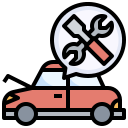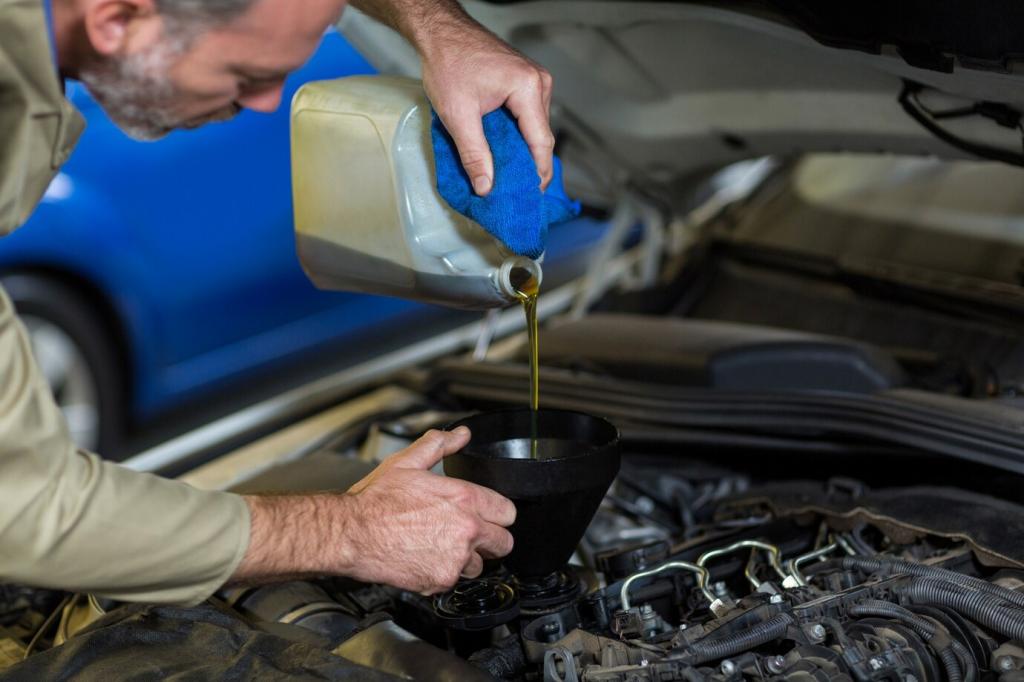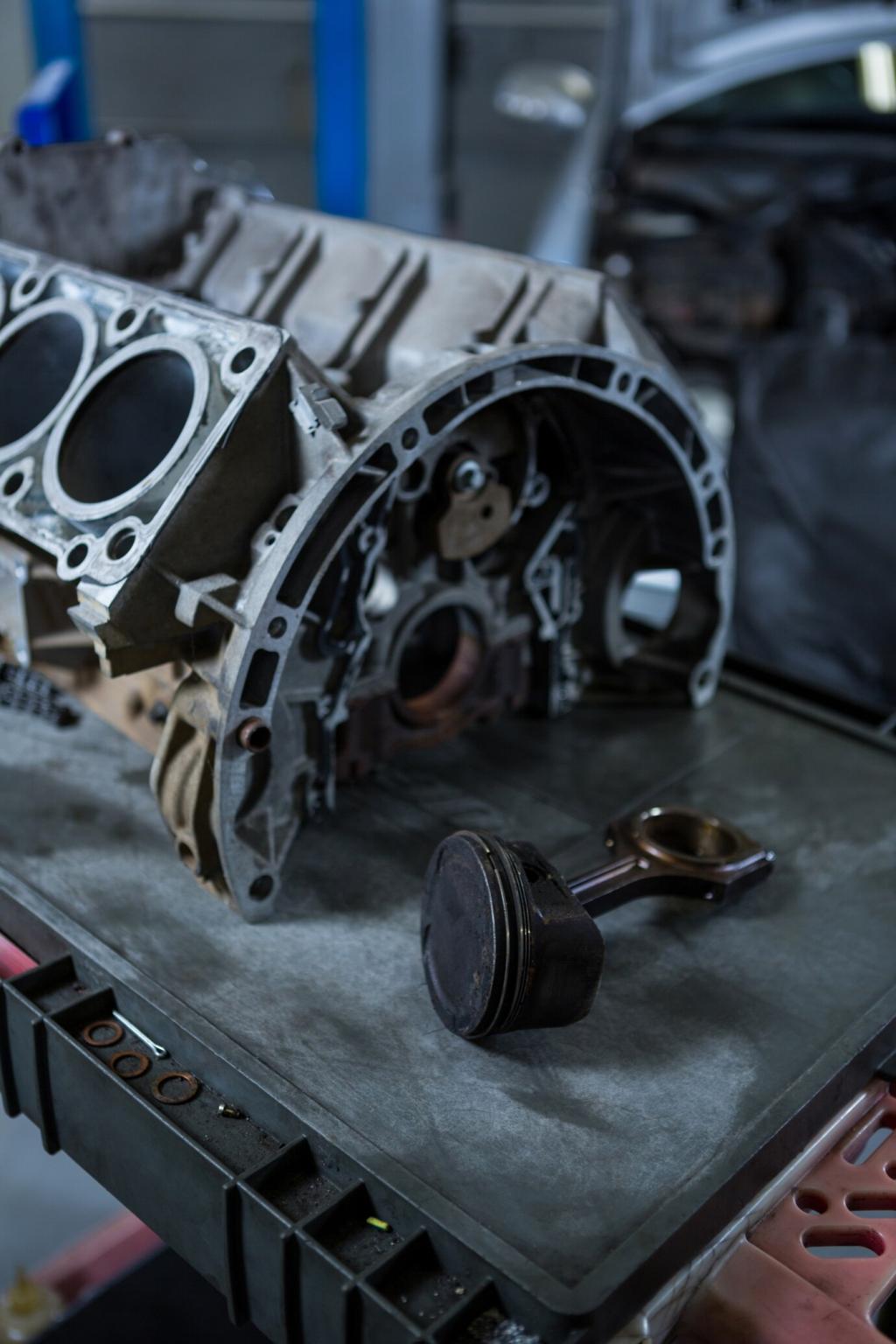Step-by-Step: Replace Your Battery Without the Guesswork
Turn off all accessories, wait a minute, then loosen the negative cable and remove it from the terminal. Next, disconnect the positive. Carefully undo the hold-down bracket so the battery can lift straight out without tilting.
Step-by-Step: Replace Your Battery Without the Guesswork
Check the battery tray for rust, cracks, or debris. Brush terminals and cable ends until shiny. Inspect cables for stiffness or fraying. Apply a thin layer of dielectric grease to reduce corrosion and ensure reliable connections.








